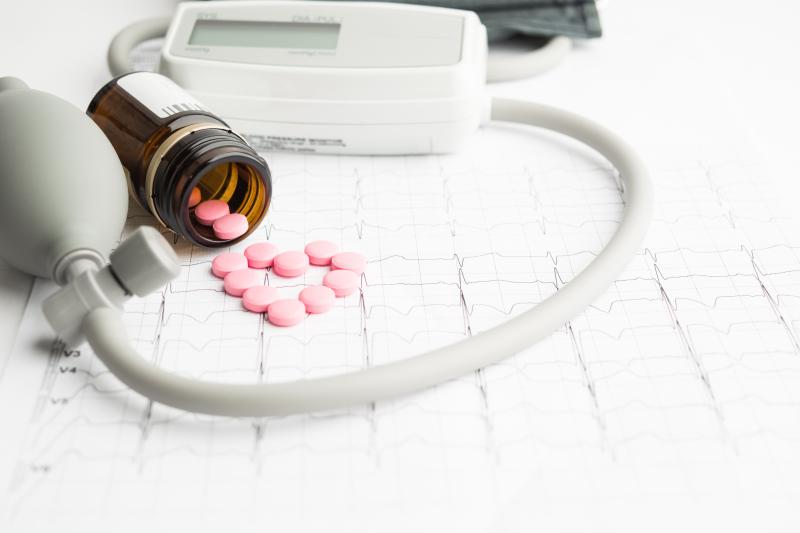
Treating patients to intensive blood pressure (BP) targets poses an increased risk of impaired fasting glucose (IFG), with a small, nonsignificant elevation in the risk of developing diabetes mellitus (DM), as shown in the results of a secondary analysis of SPRINT (Systolic Blood Pressure Intervention Trial).
“If patients and providers were to pursue intensive goals, a reduction in cardiovascular disease risk would likely occur; however, [the] results reflect that this [benefit] may come with an increased risk of IFG,” the investigators said.
As such, “[a] shared decision-making approach including the risks and benefits of pursuing intensive BP targets should be factored into the individualized treatment goals and strategies for each patient,” they added.
The current analysis evaluated the effect of intensive BP lowering on the risks of incident DM (primary) and IFG (secondary) in 8,380 SPRINT participants (aged ≥50 years; baseline systolic [S]BP 130–180 mm Hg) who had been randomly allocated to intensive (SBP <120 mm Hg) or standard BP strategy (SBP <140 mm Hg).
DM (fasting blood glucose ≥126 mg/dL [6.99 mmol/L], self-reported incidence, or initiation of hypoglycaemics) occurred in 299 patients in the intensive BP arm and in 251 in the standard BP arm. The difference was not statistically significant (22.6 vs 19.0 events per 1,000 person-years of treatment, respectively; adjusted hazard ratio [aHR], 1.17, 95 percent confidence interval [CI], 0.99–1.39). [Hypertension 2020;75:331-338]
Meanwhile, IFG developed with significantly greater frequency in the intensive vs standard BP arm (26.4 vs 22.5 per 100 person-years; aHR, 1.17, 95 percent CI, 1.06–1.30; p=0.002).
The estimates were consistent in subgroups defined by age, race and estimated glomerular filtration rate (eGFR) at baseline. However, there was an increased risk of DM seen with intensive BP treatment among participants with eGFR ≥60 mL/min but not among those with eGFR 45–59 or 30–44 mL/min.
“This study advances the research findings of [ASCOT and CASE-J trials] by investigating if specific BP goals can influence DM risk; but the use of multiple antihypertensive regimens among both the intensive and the standard regimens adds further difficulty to understanding the BP–DM relationship,” the investigators pointed out. [Diabetes Care 2008;31:982-988; Diabetes Care 2010;33:1122-1127]
In an accompanying editorial piece, Drs Milad Nazarzadeh and Kazem Rahimi from the University of Oxford, UK, echoed the investigators and said the effects of different classes of BP-lowering drugs on risk of DM is an important question remained unanswered both in the present study and previous literature. [Hypertension 2020;75:293-294]
Even more important is the possibility of BP lowering drug–drug interaction involvement in DM incidence, they added.
“The findings reported [in the secondary analysis of SPRINT] provide a strong foundation for future complementary studies to test whether different classes of BP-lowering drugs might have separate or combined causal effects on risk of DM,” Nazarzadeh and Rahimi said.
The study had several limitations, including the possibility of reporting bias as regards new-onset DM among participants randomized to intensive treatment and the failure to account for time-varying weight change or medication usage. Additionally, the sample size and subgroups were underpowered to determine the risk of incident DM, as demonstrated by wide CIs for most groups.
“Finally, the median duration of follow-up was only about 3 years. It remains unknown if longer follow-up would change this overall risk of incident DM,” the investigators noted.